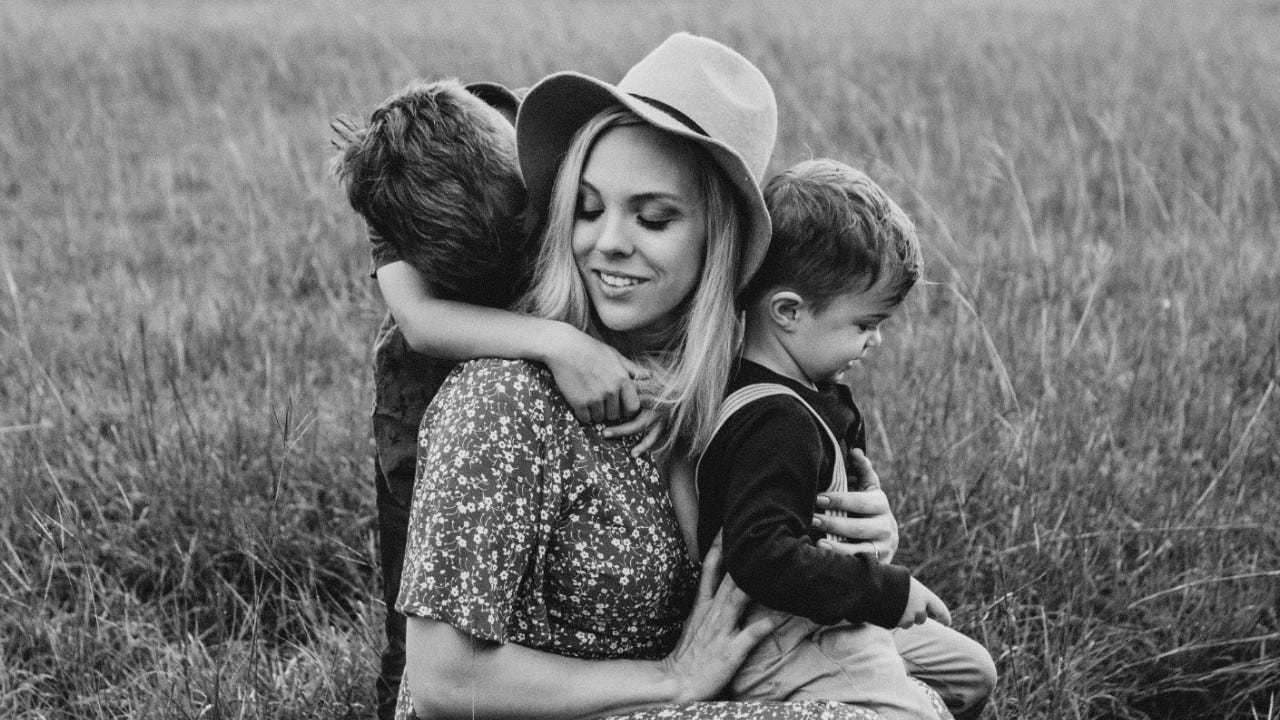The Magic of the Momfluencer Aesthetic: How to Sell the Unreal... And QAnon
Tupperware parties evolved.
From Mommy Bloggers to Momfluencers to moguls.
Journalist Jo Piazza, producer of iHeartRadio’s new original podcast "Under the Influence” declares,
“[Momfluencers are] a multi-billion dollar industry that gets ignored because women are doing it and it's a 'mom thing.’ If they were men, they'd be on the cover of Forbes.”
As the mo…


